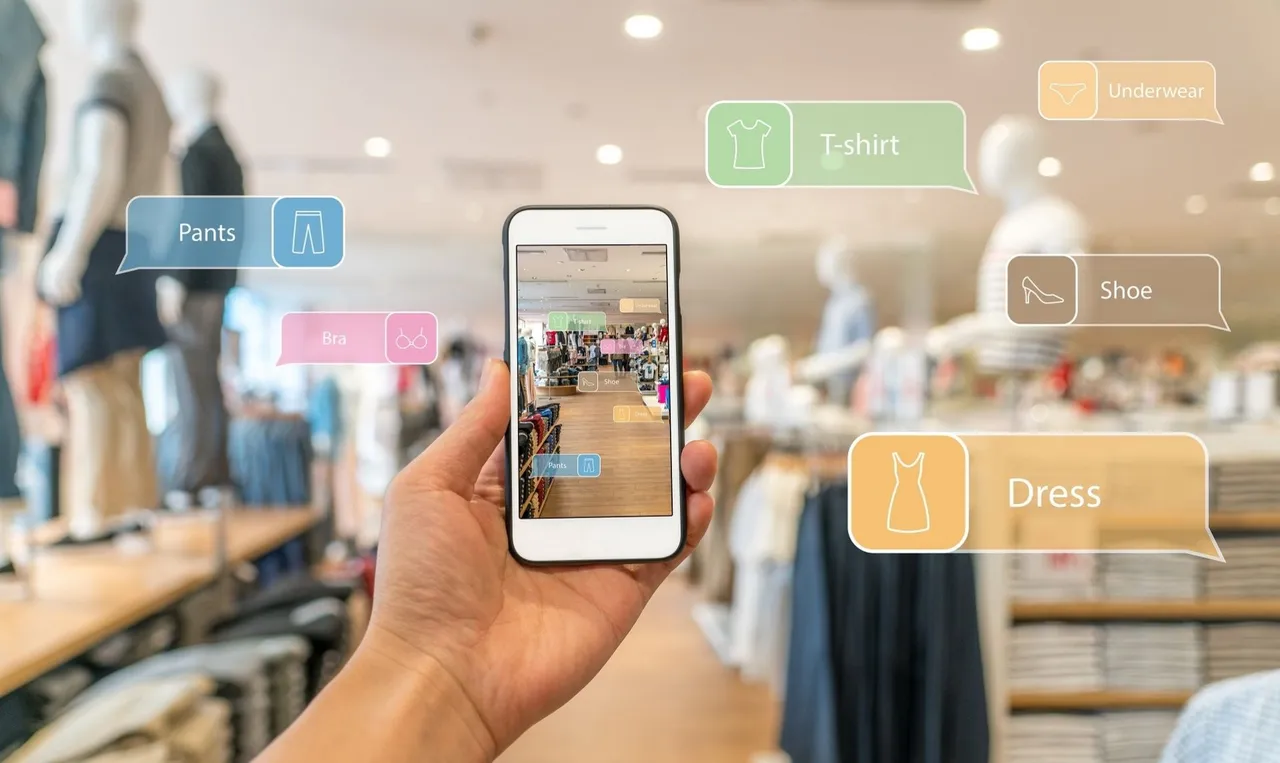8 Features of Fintech Apps that Appeal to Millennials
A new wave of fintech apps is set to hit smart devices over the coming years. A number of new startups, such as the digital-only bank Atom and the international money transfer service TransferWise, are going to revolutionize the financial industry. Fintech investments have grown exponentially over the last three years, and there are many opportunities for developers, investors and executives of “legacy companies” to ride on this wave. At the same time, of all the consumer demographics, Millennials are expected to be pivotal in driving changes. As a consequence, fintech developers are aggressively targeting them, tailoring apps to solve key pain points.
Let’s look at some of the common features that software developers are currently including in their apps, along with those that are expected to become widespread, in order to appeal to Millennials.

Global Investment in Fintech Companies
1. Simplified User Experience
At the heart of the fintech revolution is the drive towards simplicity. Obscure or difficult financial processes, like micro-investing, foreign currency transfers, and POS sales, have become accessible through minimal, highly functional user dashboards and hidden backend processes. The UK startup ClearBank, for example, allows new financial services companies to easily access agency banking tools that would otherwise require a complex application process. Simplicity is not just about creating a seamless user experience, though. It is also about streamlining the entire buyer journey. In particular, fintech developers are attempting to dramatically shorten the onboarding process.
Challenger banks and technology firms have put a spotlight on the onboarding process, making this almost frictionless with biometric layers and digitized KYC/AML checks.
Going forward, it’s vital that developers take advantage of new technology to make all points of their customer journey as smooth as possible. The fact that attention is scarce places a burden on fintech developers. As banking and finance-related processes can be complex and multi-layered for users, app developers should do everything they can to remove obstacles to adoption and engagement.
2. Accessible Analytics
One of the reasons why some fintech apps are so popular is because they give users a clear overview of their financial activities. Many of the standout app success stories, like Mint and BillGuard, provide exactly this kind of an intuitive birds-eye view. More apps, both consumer and business, provide native analytics tools that build on the bundled services of dedicated apps, like Mint.

Mobile Banking Users in the US
Not only can users keep track of their financial activities, whatever they may be, but they can also easily access specific information and histories on demand. The growth in the use of banking apps creates a pressing need for native tools to understand different types of transactional activity.
3. Integration with Other Fintech Apps
Fintech spans a wide range of sectors. Individual apps cater to customers that require diverse solutions, from the ones to make mobile payments and transfers to less-mainstream requirements like asset management and crowdsourcing. With a growing demand for integration among Millennials, it’s important that different apps can talk to each other. API-led integration is important for both customer- and business-facing apps. For consumers, there are obvious benefits of having a small number of integrated platforms from which to conduct a variety of tasks. Apps such as Curve, for example, allow users to combine all of their bank accounts into a single dashboard and card. For businesses, integration means that data will automatically populate across relevant apps, potentially saving hundreds of hours. One good example is the app of the accounting software provider Quickbooks, which can connect with bank accounts and automatically gather appropriate transaction information for bookkeeping reconciliation.
4. Cross-Platform Functionality with Devices, PWAs & IoT
Cross-platform functionality is particularly important for making fintech apps appealing to Millennials. This doesn’t simply mean usability on multiple devices, as it also encompasses emerging technologies like progressive web apps (PWAs) and the IoT. As consumer habits become more diversified, fintech developers need to cast their net as widely as possible. Many financial sectors are uniquely well-suited for smart devices.
To quote from a piece for Tech World:
Banks may have just got to grips with online and mobile banking, but advances in wearable technology provide a glimpse of customer interaction in future. As high street lenders increase their reliance on digital services, a range of devices - from smartwatches to wristbands and even Google Glass-style eyewear - could offer quicker and easier ways to check account balances or provide alerts and loyalty rewards.

IoT Devices Installed Base
5. Increased Focus on Added-Value for “Traditional” Banking Apps
While the power of feature-rich fintech apps has grown, basic customer needs have remained largely the same. Beyond spending, saving and borrowing, the core functionality of banking apps has not changed. Key innovations work to streamline these processes, making them more user-friendly and less time-consuming, yet they also add beneficial extras that improve the user experience.

If You Can't Beat the Fintechs, Join Them
The digital bank Monzo, for example, allows customers to track their money in real time and follow transactions by location while it ties payment histories with specific retailers. Revolut is a mobile wallet app that helps users avoid fees when changing currencies. One of the main unique selling points is the app’s absolute transparency, with fees and exchange rates readily available to users. All of these features are additions rather than entirely new innovations. It’s important that developers are open to improving core functionality within the fintech context. As can be seen from the diagram above, legacy banks (along with startups) are investing in these technologies.
6. Artificial Intelligence
There is a definite trend among fintech app users towards a greater reliance on AI. Apps such as Chip, for example, rely on complex algorithmic processes to determine how much a user can save. Research has also shown that Millennials have poorer money management skills compared to other groups. Finch attempts to remedy this by helping users pinpoint negative spending patterns. It is a good example of how “smart technology” is used in an app. AI has implications for internal business strategy too. Advanced machine learning, chatbots, and adaptable automated customer-facing processes all mean that backend costs involving one-on-one interaction, like customer service, can be limited. The cost of implementing AI solutions is also dramatically decreasing.
7. Blockchain Security
One particularly notable development is blockchain and how it applies to fintech. It allows immediate, secure sharing of data across platforms and, although it is an early-stage technology, has seen a significant uptake recently. The Australian stock exchange is exploring the possibility of transferring its platform to a blockchain while NASDAQ is currently trialing a private asset trading market based on a blockchain too.
As BlockGeeks website states:
The blockchain potentially cuts out the middleman for these types of transactions. Personal computing became accessible to the general public with the invention of the Graphical User Interface (GUI), which took the form of a “desktop”. Similarly, the most common GUI devised for the blockchain are the so-called “wallet” applications, which people use to buy things with Bitcoin, and store it along with other cryptocurrencies.
Many experts still see blockchain as being in the “pilot” stage, with use and integration only partially occurring. Most argue, however, that it will change the way transactions are carried out at a fundamental level. Blockchain allows for full transparency with authentication. It’s important that company executives and developers are aware of this trend and are ready to implement it when and as it happens.
8. Personalization
Personalization is becoming more of the norm in apps of all kinds, but the finance industry often lags behind. As fintech expert Henri Arslanian points out, few people actually enjoy banking. Startups and established banks are bridging this gap by including elements of personalization. One key area involves marketing products based on user preferences. Many financial service providers have a huge range of products and packages, and marketing them to the right people can be an issue. App technology allows promotions to be tailored and delivered directly to customers, especially when combined with the use of analytics. The integration of fintech apps with “personal” apps like social media and chat also presents opportunities for developers to form stronger connections with users. The banking app by Atom, for example, allows customers to create custom logos and design their own dashboard. Facebook Messenger now also accepts group payments. The presence of fintech in these areas may point to a less formal, less orthodox way of conducting financial transactions.
Conclusion
The so-called “fintech revolution” presents a significant opportunity for app developers. Whether creating an app dedicated to providing financial solutions or adding integration options for third-party fintech apps (like mobile wallets), now is the time to invest in this new technology. If you’re interested in learning more about how you can adapt to this truly exciting industry shift, then don’t hesitate to get in touch with a mobile development company. Even if fintech is not your primary market, it is likely that it will have ramifications for you.





